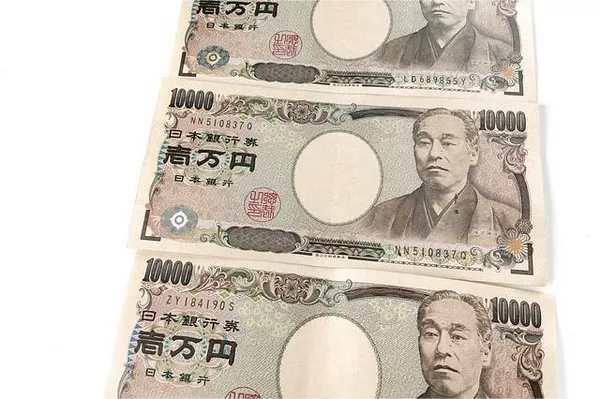The Japanese yen (JPY) managed to regain some ground against the U.S. dollar (USD) on Thursday, reversing a portion of the previous day’s substantial losses and edging closer to monthly lows. Despite this rebound, significant appreciation remains challenging, with the Bank of Japan (BoJ) expected to adhere to its ultra-dovish monetary policy. The BoJ’s stance is further reinforced by ongoing government stimulus efforts in the aftermath of Japan’s recent devastating earthquake.
Compounding the yen’s struggle is the persistence of declining inflation and weak wage data in Tokyo, solidifying expectations that the Bank of Japan is unlikely to steer away from its negative interest rate regime in the near future. This cautious monetary stance, coupled with the prevailing positive risk sentiment that propelled Japan’s Nikkei 225 index to a 34-year high, has curtailed gains for the traditionally safe-haven yen.
Market participants are exercising prudence, refraining from making significant directional bets as they await the release of U.S. consumer inflation data later in the North American market. The highly anticipated U.S. Consumer Price Index (CPI) report is expected to offer insights into the Federal Reserve’s outlook on interest rate cuts, thereby influencing demand for the U.S. dollar and determining the short-term trajectory of USD/JPY.
While some repositioning trades have momentarily favored the Japanese yen and put USD bulls on the defensive, the broader fundamental landscape suggests that the path of least resistance for the USD/JPY pair is tilted to the upside. The intricate interplay between central bank policies, economic indicators, and market sentiment continues to shape the dynamics of this currency pair, making it a focal point for traders navigating the intricate landscape of global finance.


